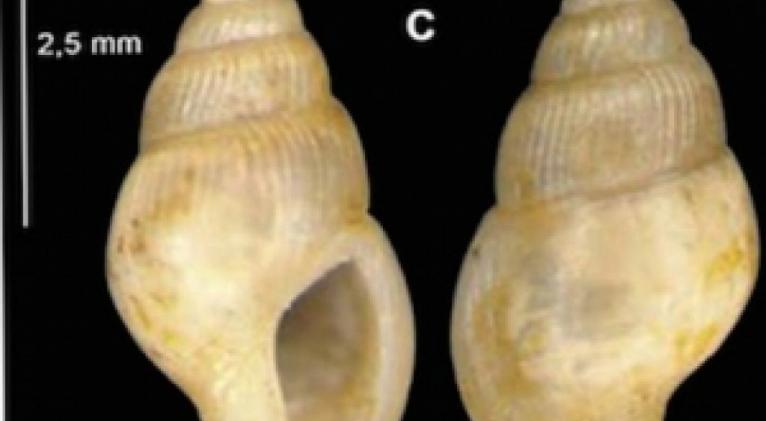18 new species of marine mollusks discovered in Baracoa and Maisí
especiales

A Spanish-Cuban research team has discovered 18 new species of marine gastropod mollusks, 16 of which in Taco Bay, located in the Baracoa section of the Alejandro de Humboldt National Park (PNAH), a UNESCO World Heritage Site, and the rest in Punta Caleta, located in the Maisí-Caleta Ecological Reserve.
The discoveries represent a valuable contribution to the understanding of the biodiversity present in the 2,250 hectares of marine area in the PNAH, increasing the number of mollusks catalogued in Cuba to 502, and generating opportunities for wildlife conservation in these protected areas.
The description of the tiny endemic species, that do not exceed four millimeters wide by eight long, was included within the malacological inventory undertaken by leading biologists Jesús Ortea, a retired professor from the University of Oviedo (Spain), and José Espinosa, from the Institute of Oceanology in Havana.
One of the mollusks was given the name Astyris hartmanni in honor of Alejandro Hartmann Matos, city historian of Baracoa, for his renowned support of biodiversity studies in Baracoa and Maisí, from the late 60's to the present.
Also contributing to the investigations were Baracoa's Antonio Ruiz Blep (marine biologist), Norvis Hernández Hernández (specialist), Balvino Méndez Medina (park ranger) and Geovanys Rodríguez Cobas, head of the Baracoa section of the PNAH, who is currently writing his dissertation for a Masters in Integrated Coastal Zone Management at the University of Oriente, Santiago de Cuba.
“We conducted four exploratory expeditions collecting samples during the month of September 2013 and then in March, June and August 2014, in three locations: Nibujón, Taco and YamanigüeyBays,” Geovanys explains.
“The samples,” he adds, “were taken by scuba divers and snorkers, using direct (qualitative visual census and photography) and indirect methods (the collection of biotic and abiotic substrates and reviewing thanatocenoses).”
“The sites mentioned were chosen with consideration of the sea conditions for scuba diving to a maximum depth of 16-30 meters. The results, although preliminary, reflect positive potential for marine biota in these sites.”
We will continue to collect samples, extending the areas and depths for survey at different times of the year, taking into account the seasonal nature of algae and associated fauna. The results will be incorporated into the management plan of these protected areas,” Geovanys highlighted.
According to the Cuban Collaborative Encyclopedia (EcuRed), gastropods (Gastropoda, from the Greek γαστήρ gaster, “stomach” and ποδη pruning, “foot”) are snails, slugs and sea hares, numerous and with varied shell shapes: convex, spherical, flat, coiled, conical and spiraled.
They are characterized by a head with sensory tentacles, a body usually protected by a univalve shell, and a well developed ventral foot which allows them to move by sliding.
About 30,000 species in marine, freshwater and terrestrial habitats are currently known, making them the most abundant class of mollusks.













Add new comment